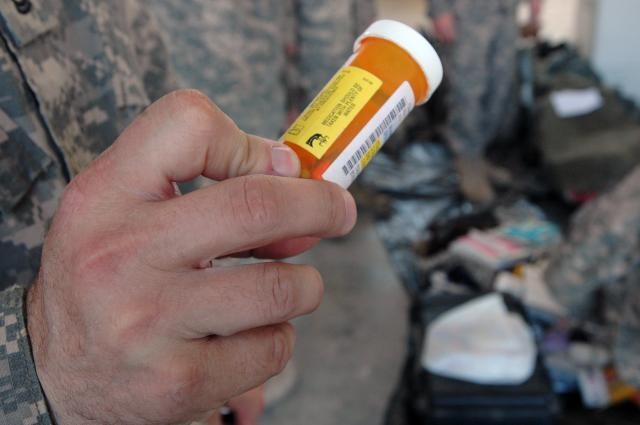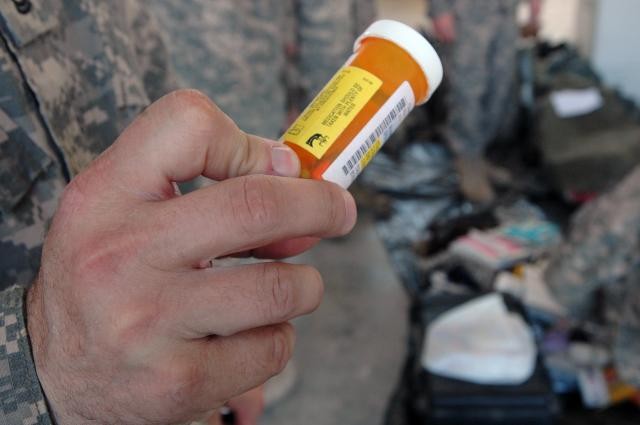WASHINGTON (Army News Service, April 29, 2011) -- The pain management program at the Walter Reed Army Medical Center Warrior Clinic has drastically reduced the number of wounded warriors receiving prescribed pain medication.
Through a combination of administering painkillers differently at the onset of injury, alternative pain treatment methods and increased oversight of prescribed painkillers, the percentage of Soldiers at the clinic using prescribed narcotics has dropped from 83 percent in 2008, to just 10.2 percent in 2011.
"It's a holistic, interdisciplinary, and multi-modal approach," said Dr. Christopher Spevak, an anesthesiologist and pain physician at the Warrior Clinic. "Pain management is not simply giving opioids."
He explained that opioids are a class of prescription narcotics that include such drugs as morphine, codeine and oxycodone.
According to Spevak, in the last couple of years research has shown that if doctors effectively treat pain at the onset, they can prevent the "rewiring" of the patient's brain and prevent chronic pain later on. Treating acute pain as close to the time of injury, with the appropriate medication, is just one part of this multidisciplinary approach.
"There are many ways to treat pain initially; opioids are part of the whole pie," Spevak said. "We have regional techniques and we have gone forward right into the battlefield and placed regional catheters to infuse local anesthetics to numb the area."
The Warrior Clinic has also devoted a significant amount of resources into looking at alternative methods for managing and minimizing pain.
The alternative solutions include training sessions that can help Soldiers deal with pain in ways other than with medications. Included are options like acupuncture, chiropractic therapy, yoga and biofeedback.
The dynamic and holistic approach to addressing and treating pain uses a wide variety of resources that look at the mind, body, and cognitive behaviors of the Soldier as well as incorporating and educating the Soldiers families into the treatment and overall management of pain, officials said.
Also part of the program is monitoring prescription use to make sure Soldiers are only getting the medications they need, and in the dosages they need, and only for as long as they need them.
Elements of the policy include appropriate tracking and monitoring of Soldiers and their medications, controlling quantities, and prescribing the right medication at the right time.


Social Sharing